#Moravianserbia
Explore tagged Tumblr posts
Text
Sir Milos Obilic Fell For The Princess
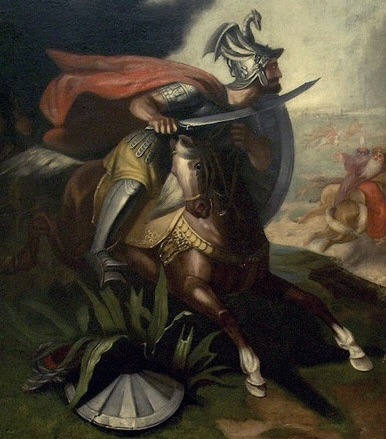
Whether or not Sir Milos Obilic even existed is of no importance as a story started going around Serbia that Milos Obilic, a prodigy and loyal knight of Prince Lazar had fallen for the ethereal Olivera and went as far as asking for her hand in marriage.
It is of no surprise that Sir Milos Obilic; who was a respected knight at the time would often be a visitor at Lazar’s court, it is most likely during his frequent visits that he met and interacted with Princess Olivera. It is also probable that they also interacted during knight tournaments that Olivera and her mother often led.
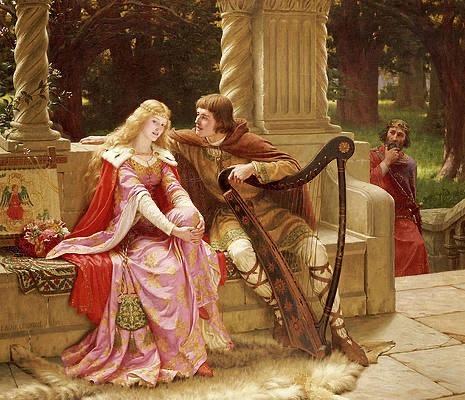
His infatuation with her led to a marriage proposal sent to Lazar from Sir Milos Obilic, but his proposal was rejected by Lazar with the excuse that she was too young and not yet mature to marry.
There is no clear evidence or any narration of Princess Olivera returning the same sentiment he had for her. She may never wish to marry him or had not yet found a desirable candidate in her sample of suitors and that might be why Lazar used the excuse of her age to peacefully reject the marriage proposal.

There are a few reasons why Lazar rejected Milos’s proposal one being that Princesses usually married out of their dynasty by birth to create new alliances and produce children of both dynasties. Lazar married all his other daughters outside of his realm for political games, the same would have happened with Olivera, and since Milos was already a knight of Lazar’s dynasty it wouldn’t be politically beneficial to marry his daughter to him.
Another reason is that though knights are noble and quite rich, they belong to the lower nobility and all of his other daughters married into influential families, sons of rulers or rulers themselves, Lazar was more likely planning on doing the same for Olivera and marrying her into a strong foreign political family.
#Lazar#Knezlazar#LazarevicDynasty#Moravianserbia#knights#princess#Despina Hatun#Olivera Despina#medieval serbia#Sir Milos Obilic Fell For The Princess
11 notes
·
View notes
Text
The Early Life Of Despina Hatun
Maria Olivera was born around 1372-1373 possibly late 1372 or early 1373 in the rich capital of Krusevac as the youngest daughter of Great Prince Lazar and Grand Princess Milica.
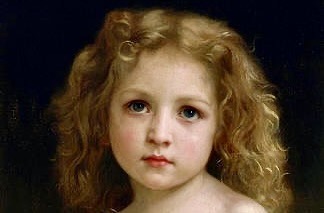
Alike of many other European societies during the Middle Ages, education in Moravian Serbia, for those who could afford it started at a pretty young age, 5-7 years of age.
Her father; Lazar made sure to open various public schools near monasteries for the less fortunate and opened a private one in the court of Krusevac for his own children and other children of the court; in other words other children of nobility, possibly also containing her ladies in waiting and companions.
The schools were led by priests and monks who offered knowledge in Christian theology and philosophy, writing, and reading in their mother's tongue.
Her early life was mostly filled with education, education and more education. (The children of Prince Lazar were considered the most educated in their time.)
Apart from school, from private foreign tutors and under the strict supervision of her mother; Grand Princess Milica, and aunt; nun Jefimija she learned Latin, Greek, mathematics, singing, literature, and the secrets of diplomacy and etiquette for a Princess.
She also learned how to run a household from her mother, either by observing or by her mother educating her on the topic of becoming the mistress of the house.
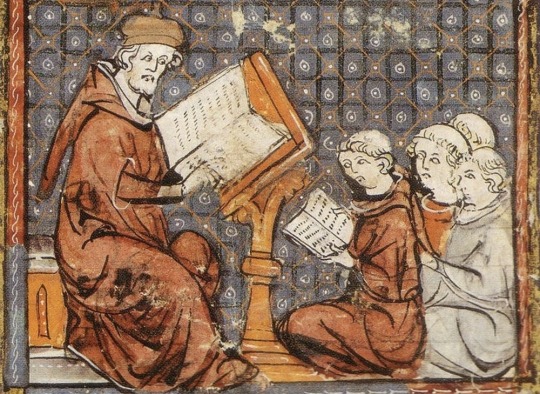
When away from her studies, Olivera was likely preoccupied with the various musicians, jesters, actors, weavers, tailors, magicians, and preachers coming for a quick stay at her father's court, who offered her temporary entertainment like songs, plays, clothing, and jewerly.
Like the rest of her family, Olivera was passionate about literature and art.
The palace of Krusevac contained a large library where the royal children were educated. The library contained various native and foreign translated scriptures, the foreign scriptures in question were Greek, Arab and Indian, containing history as well as fiction; which Olivera seemed to be a fan of, as she would later become a patron of art and literature.
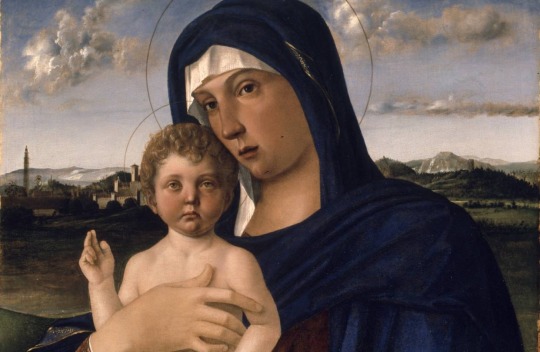
In 1381, the family suffered the loss of the youngest prince; who unfortunately died in infancy.
Years later between 1387 and 1388, Olivera's elder unmarried sister; Teodora was married off and left the capital leaving Olivera as the only unmarried Princess.
Some sources claim that growing up Olivera was the favorite of everyone, the people, her parents, her sisters, and her younger brothers, but perhaps this legend was due to her sacrificial marriage.

Though all Lazarevic members participated in the knight tournaments, especially the princes. Olivera as the rest of the female family members most likely stayed on the sidelines to watch.
Her life was mostly filled with duties and education, but she did have time for other activities and hobbies like art, literature, and knight tournaments. She seemed to have a rich and peaceful life up until The beginning of 1389.
( Sources: „Књижевни лик кнеза Лазара у старој српској књижевности." Od roda Nemanjića by Dr Miladin Stefanović. Book: Daily life in medieval Serbia by Marko Popović, Smilja Marjanović-Dušanić, Danica Popović.)
#DespinaHatun#Hatun#tsarlazar#medievalserbia#Moravianserbia#oliverdespina#princess#Olivera Despina#Olivera Hatun#The Early Life Of Despina Hatun
7 notes
·
View notes